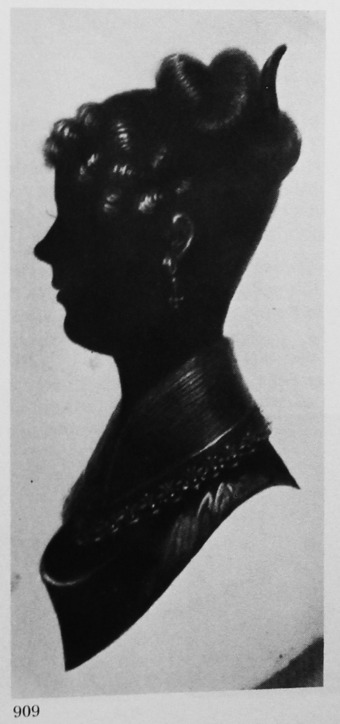Smith, Edward, Mrs (McKechnie Section 2)
Recorded by Jackson (Dictionary), who gives only the spelling Smyth (preferred by the artist, and given in some rate books, although directory entries give ‘Smith’).
It has previously been stated that the address at which Mrs Smith worked was 40 Strand, London, an address previously occupied by Joshua Trewinnard (q.v.). Trewinnard regularly paid the rates for this property from 1804 until 1829. In 1830 Mrs Edward Smith paid the rates, and was recorded as the householder. The rate books for St Martin’s parish show that Edward Smith or Smyth paid the rates 1831-37, and that new occupants appeared in 1838.
Directory entries are confusing: for 1826-29 they list the business under the joint names of Trewinnard and Smith; for 1830-34, Edward Smith, a flute-maker, is listed. Edward Smith was presumably the husband of Mrs Smith, the artist. But another man, Edward Smyth, an artist, is listed at 85 Newman Street 1835-47. There is, however, no evidence to connect him with the Smiths (or Smyths) at 40 Strand. It appears, therefore, that Mrs Edward Smith first worked as a profilist in 1825, and that she worked in partnership with Joshua Trewinnard 1826-30. We know that she was still at 40 Strand in February 1836, for a signed silhouette with this date has been seen; she may have remained there until 1837, when she appears to have wound up, or transferred, her business. Profiles by this artist, therefore, can be dated to the period 1825-37. Her trade label (seen on a silhouette dated 1836) states that she is a miniaturist as well as a profilist.
One silhouette, mentioned by Jackson, signed ‘Smythe’, was painted in tones of grey, but no example in this style is currently available. The illustrated silhouettes (unsigned but all attributable to Mrs Smith by comparison with signed examples) are of the bronzed type, and are notable for fine brushwork and smoothly applied gold.
Mrs Smith was working during a period when the Apollo knot was much worn by women, and her fine gold pencilling is seen at its best on her renderings of these elaborate hair-styles. Especially delicate is the pencilling on one profile (illustrated) of a sitter who wears a ruff at her neck.
907
The background is plain black, and the embellishment is entirely in gold. Characteristic features of Mrs Smith’s profiles are the long eyelashes with which she endows her female sitters, and the long, smoother curve of her bust-line finish.
One printed trade label (on a silhouette owned by Mr and Mrs J. H. Gutteridge) is known: ‘Mrs. Smyth /Miniature Painter & Profilist/40 Strand, two doors from Buckingham Street.’ This silhouette is also inscribed, in very small lettering beneath the bust-line termination, ‘Mrs. Smyth, 40, Strand, Feb. 1836’.
Ills. 907-909

Unknown woman
Silhouette painted on card, bronzed
c. 1825-27
Original size: 3¾ x 3in./96 x 77mm.
Attributed to Mrs Smith on stylistic grounds. The silhouette has been reframed.
J. A. Pollak collection

The Reverend Charles Cooke, Rector of Semer, Suffolk
Silhouette painted on card, bronzed
c. 1828-30
3¾ x 3in./96 x 77mm.
Frame: papier mâché
Attributed to Mrs Smith on stylistic grounds. The sister of the sitter’s wife married Sir Lacklan Maclean of Duart.
Author’s collection

Jane Maclean (née Cooke)
Silhouette painted on card, bronzed
c. 1828-30
3¾ x 3in./96 x 77mm.
Frame: papier mâché
Attributed to Mrs Smith on stylistic grounds. The sitter, daughter of the Reverend Charles Cooke (908), married her first cousin, Allan, son of Sir Lacklan Maclean of Duart. The silhouette has been enlarged in reproduction, to show Mrs Smith’s brushwork.
Author’s collection
